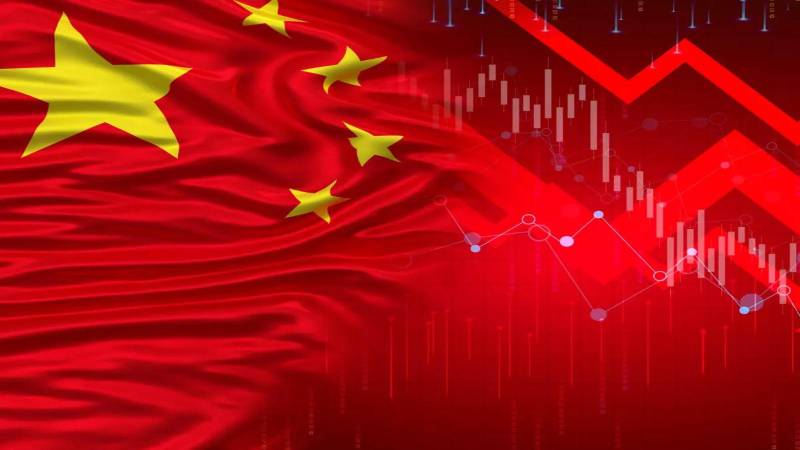
China’s economy is going through a significant crisis. The world’s second largest economy’s GDP growth is slowing, burdened by an unsustainable debt mountain that has soared to unprecedented levels, culminating in a staggering debt-to-GDP ratio of 288%. China’s economy only grew by 5.2%, and while that is a number that would be seen as stellar almost anywhere else, for a country that has gotten used to double digit annual growth, the alarm bells are starting to ring. Beyond the statistics lies another chimera – a property and housing sector on the verge of a catastrophic collapse.
China is currently grappling with one of the severest housing crashes that any country has experienced over the past three decades. The housing market, once the cornerstone of China's meteoric rise, now finds itself ensnared in a web of plummeting sales, which are down by a third since the pre-pandemic peak, and a staggering 60% reduction in new construction. This stark decline parallels the unsettling reality that much of the debt was leveraged to acquire assets that yielded insufficient income to service the debt – a predicament reminiscent of Japan's crisis in 1989.
Like Japan during its postwar "economic miracle," China's rise was buoyed by an expansion of debt, catapulting it from an impoverished centrally-planned economy to the world's leading exporter within half a century. However, the inevitable collapse of the debt bubble has now manifested, as is plainly evident by the ominous Three Red Lines policy and a discernible shift in government dynamics.
The Chinese government's response to the crisis has unveiled a delicate policy dilemma. On one front, local governments, intoxicated by the allure of real estate development profits, find themselves at odds with the central government. The need to mitigate risks associated with the renminbi's declining value further complicates matters, prompting Beijing's intervention in currency markets to prevent precipitous depreciation.
While external observers may be quick to cast blame on the Chinese government for triggering the crisis, a closer examination reveals that the scale of the crash is deeply rooted in private sector dynamics. The Three Red Lines policy implemented in 2020, ostensibly to cool an overheated economy, inadvertently favored bearish sentiments, fostering a credit environment conducive to the current slump. The protracted nature of this downturn was exacerbated by a colossal inventory of unsold or partially constructed apartments, with estimates putting the number of empty units anywhere from 50 to over 100 million.
Rising property prices have stifled consumer demand, leading to a precipitous decline in marriage and birth rates. Brick-and-mortar businesses are grappling with exorbitant property costs, hastening the shift toward e-commerce. The government's attempt to balance these conflicting dynamics, preserving jobs while stimulating construction, reflects the intricacies of navigating an economic quagmire.
The National People’s Congress
Premier Li Qiang announced an ambitious growth target of 5% for the current year at the annual National People’s Congress, while acknowledging that the economy continues to face challenges that have “yet to be resolved.”
As China’s government grapples with these immediate economic challenges, it also has to confront longer-term issues, including an aging population, slowing productivity growth, and the geopolitical flashpoint of Taiwan.
On the geopolitical front, tensions with the United States persist, characterized by an enduring trade dispute and geopolitical posturing in the South China Sea.
Premier Li announced a whole host of measures intended to stabilize the economy. These include tightened regulation of financial markets, and increased research funding in artificial intelligence and the life sciences. The government also intends to increase defense spending by 7.2% this year.
As the rest of the world dealt with rising inflation in the wake of the Covid-19 pandemic, China was one of the rare economies that managed to avoid rising prices. Now, China is grappling with the opposite problem – that of deflation. Consumer prices have fallen for four consecutive months, with the fall in January 2024 being the fastest in over a decade.
The CCP’s policymaking is aimed at “transforming the growth model,” according to Li. The government is considering both tax reform and the issuing of upto 1 trillion RMB of special government bonds to stabilize the economy.
China’s economic problems are also rooted in the fact that domestic demand, driven by consumption, has been weak and the government has not considered driving demand a national policymaking goal.
